Chronic acute or aching hip pain (HJ) often indicates the development of musculoskeletal diseases, which are important to diagnose and treat in time. In the initial stages of the development of the pathology, joint pains can be alleviated conservatively with the help of special tablets and ointments. At the beginning of the disease, the joint becomes immobile and the constant pain syndrome worries me, surgical intervention is essential.
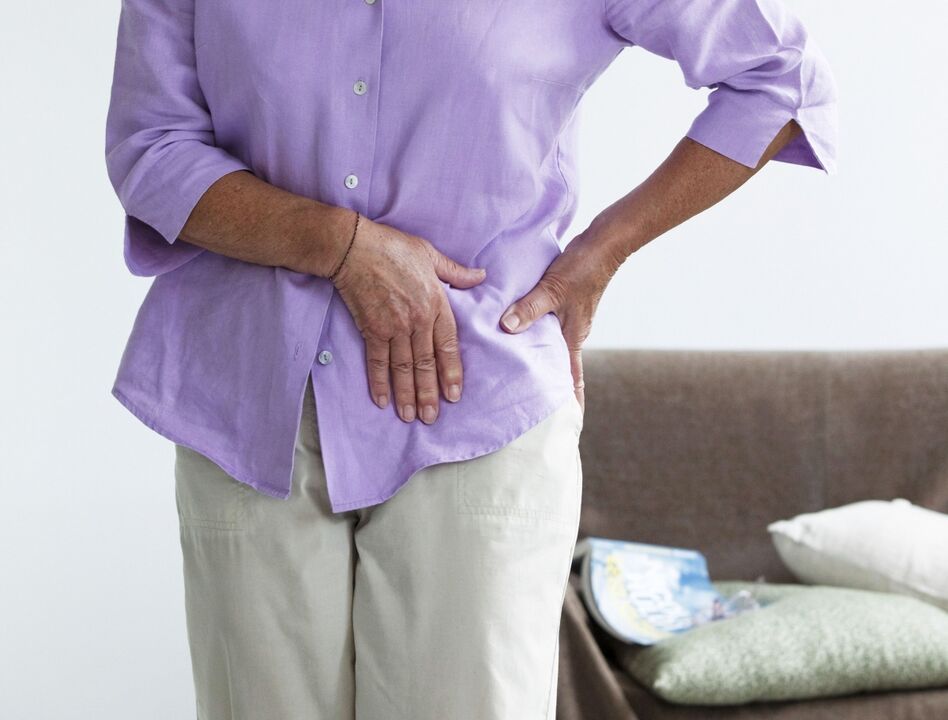
Possible causes and symptoms
Severe pain in the hip joint can be caused by various degenerative-dystrophic pathologies, as a result of which the joints are destroyed, erased and cease to function completely. Intermittent pain is often a concern of spinal diseases, due to which muscle tension and pinching of nerve fibers occur. Painful symptoms of the pelvic bones occur due to injuries, bruises, fractures of the head or neck of the femur. To determine the exact causes of hip pain, you need to see a doctor.
Traumatic factors
Severe bruising
Acute pain when sitting, walking or abducting the leg occurs due to bruises caused by a fall on the side or a direct blow to the thigh joint. In case of contusions, the structure of the bone tissue remains intact, but the soft fibers suffer greatly, and damage to the ligament may also occur. An extensive hematoma is formed at the site of impact, which hurts when pressed, but if the person is at rest, there is no pain syndrome. When the pain in the left or right hip joint gradually increases, it is worth seeing a doctor to rule out a fracture.
hip dislocation
Such a violation occurs under the influence of a large force along the axis, bent in the knee joint, with a fixed trunk. The typical situation for this condition is an accident or a fall from a great height. In the case of dislocations, a person is worried about a sharp joint pain that radiates to the leg and groin areas, which completely disrupts the functioning of the limb. You can relieve the condition by applying cold to the affected area, additional, qualified medical help is required.
It is important to keep in mind that if dislocation is suspected, it is forbidden to adjust the joint independently.
Hip fracture
It often becomes the cause of pain in the hip joint in women in old age. Impaired integrity is often caused by the trochanter falling and impacting hard on a hard surface. Fracture of the femoral neck is considered one of the most dangerous pathologies, as there is a high risk of complications in the form of thrombosis, infection and necrosis. Typical symptoms:
- Severe pain in the left or right hip joint that is aggravated by moving the limb or putting it to the side.
- Sitting or lying down, the victim cannot lift his legs off the floor.
- It appears shorter compared to the healthy, injured leg.
- If the nerve structures are affected, a feeling of numbness occurs in one limb.
After surgery
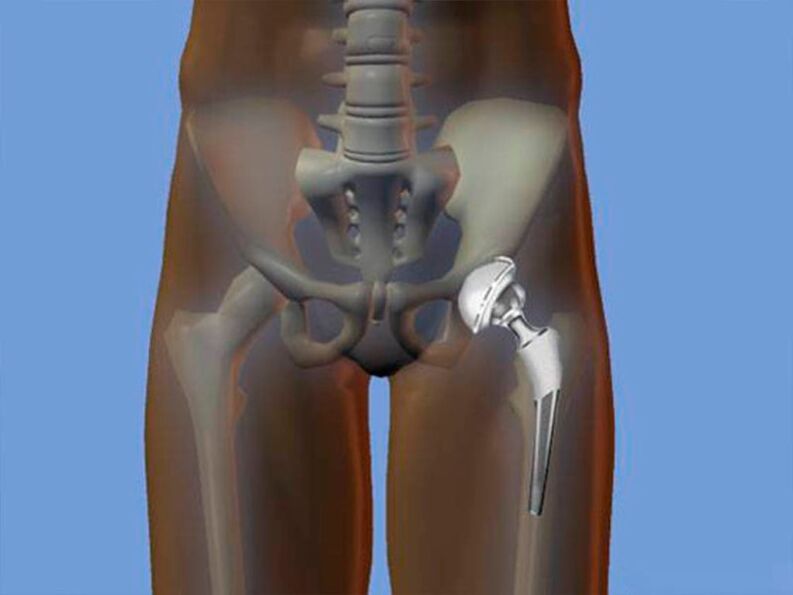
Pain in the hip joint, lower back, and back often occurs after surgery related to implant placement. The need to insert an endoprosthesis appears in cases where the native joint has worn out and worn out for some reason, and the problem cannot be cured conservatively. In order to prevent further destruction of the joint, an endoprosthesis is performed. After the operation, until the wound is completely healed, the patient is bothered by pain, but their intensity decreases with each passing day.
Complications after hip replacement have a negative effect not only on the hip area, but also on the general physical and psychological condition, physical activity and ability to walk. In order to restore the previous health, a series of rehabilitation measures must be carried out, which are prescribed based on the pathologies and problems that have developed. The causes of complications and limitations after hip arthroplasty must be determined for a quick and effective recovery.
Diseases
infectious inflammation
A dangerous complication that causes pain in the hip joint. There are these types of purulent inflammation:
- Primary. The main reason for this is the direct penetration of pathogenic microflora into the joint cavity.
- Secondary. The infection penetrates the joint structures with blood from other inflammatory foci.
Symptoms of inflammatory complications are as follows:
- musculoskeletal pain;
- development of edema;
- skin redness;
- snow;
- limb dysfunction.
Inflammatory bursitis
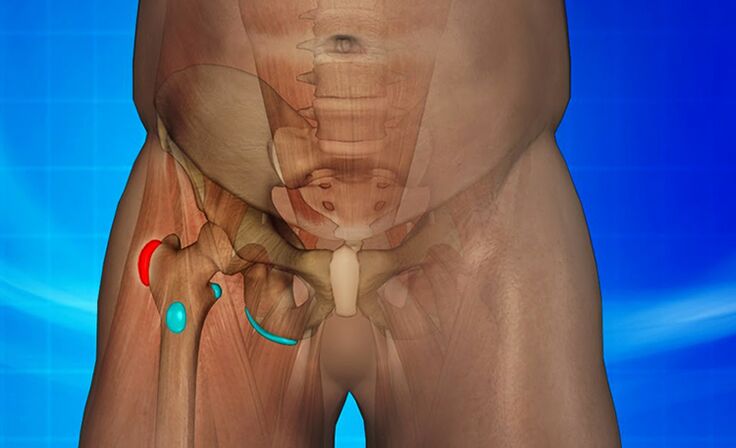
Often, frequent joint injuries lead to an inflammatory process in your bag.
This disease is often diagnosed in athletes whose knee and hip joints are prone to frequent injuries and bruises.
As a result of a traumatic factor, inflammation develops in the joint bags. Pathological discharge gradually accumulates in the bursa, an inflammatory complication follows. While walking, the pain in the groin and below begins to bother me, which gives to the knee. A feeling of stiffness in movement is experienced, in advanced cases the limb hurts even at rest, the temperature rises, and swelling develops.
Tumors of different etiologies
Pain in the right or left hip joint can be caused by neoplasms:
- Benign. As they increase in size, they compress nerve structures, causing discomfort and periodic discomfort in the spine and hips.
- Malicious. These are dangerous neoplasms that tend to grow rapidly and spread metastases throughout the body. In the initial stage, the patient complains that the joints hurt after running or walking. Growing, the tumor compresses the nerve structures, one leg is lost from the person, the sacrum hurts a lot, painful symptoms appear in the lumbar regions. In this case, the usual painkillers are not able to relieve the pain in the hip joint.
- Sarcoma of femoral neck. A serious, cancerous bone disease, during the progression of which the patient's pelvic bones hurt a lot after sitting, walking, or standing. The disease is characterized by a chronic fracture of the femoral neck, due to which the function of the joint is significantly limited. He is also worried about the signs of poisoning, as a result of which the patient's general condition deteriorates significantly.
Other reasons
Due to the destruction of the cartilage in the joint, the person begins to experience movement difficulties.
If a person has pain in the legs and hip joints, the following pathologies can cause such symptoms:
- Coxarthrosis. It is a chronic, degenerative-dystrophic disease characterized by the destruction of articular cartilage and the growth of osteophytes on bone structures. In the initial stage, the symptoms do not appear, but as the progression progresses, the functional mobility of the joint is disturbed, the patient is disturbed by unbearable pain, muscle deformity and atrophy are observed. If treatment is not started in time, a person becomes disabled.
- Osteochondrosis. A degenerative disease in which the lumbar spine is subject to destruction and deformation. Due to the inflammation and pinching of the nerve fibers, the pain radiates to the thigh, the patient's motor activity is significantly reduced, and the discomfort is worrying even in complete rest.
If the hip joint hurts in a child, the development of such pathologies is possible:
- hip dysplasia and subluxation;
- osteochondropathy;
- epiphysiolysis.
Diagnostic methods
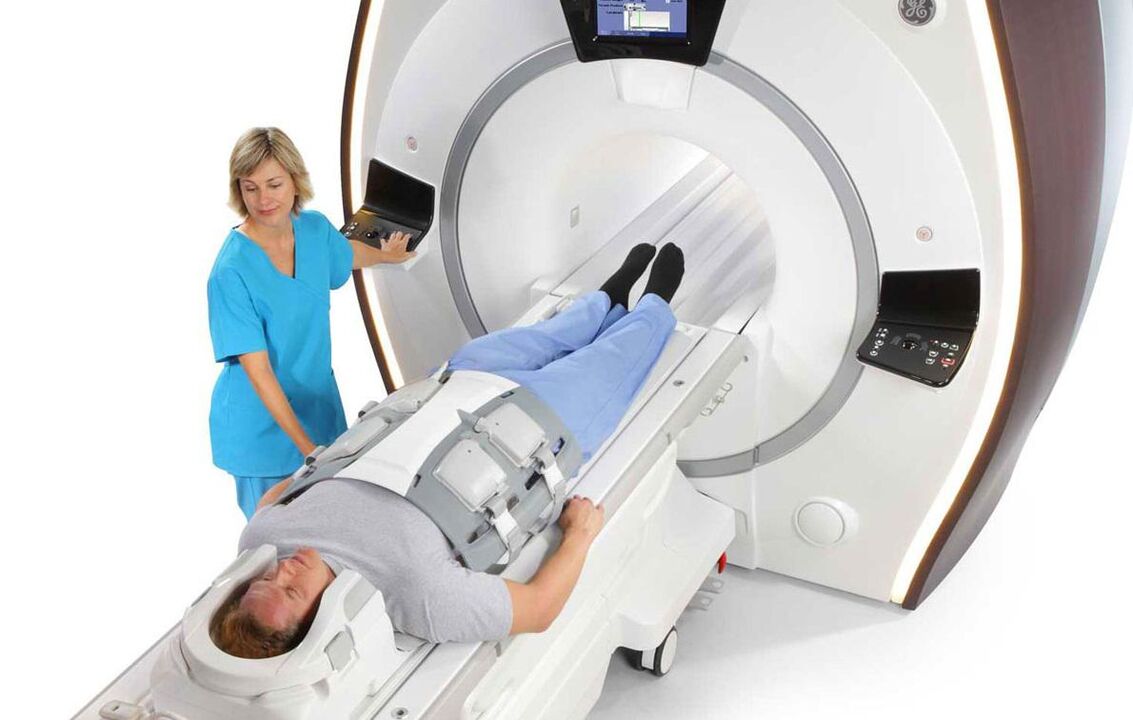
With severe, continuous pain in the hip joint, you should contact an orthopedist, who will help you establish an accurate diagnosis and prescribe an appropriate treatment regimen.
After conducting the initial examination and collecting the anamnesis, the doctor directs the transfer of such diagnostic measures:
- X-ray examination of the spine and hip joint;
- dopplerography and angiography of blood vessels;
- electromyography;
- CT, MRI of the thigh;
- laboratory tests that reveal the presence or absence of other dangerous pathologies in the body.
What is the treatment?
Effective drugs
Depending on the patient's diagnosis, the doctor selects an appropriate medication regimen, which aims to eliminate concurrent symptoms and alleviate the patient's general condition. During the period of conservative treatment, it is important to limit the load on the joint, if necessary, observe bed rest and use orthopedic devices. The following basic groups are used:
- Nonsteroidal anti-inflammatory drugs. It helps relieve inflammation, swelling, and pain.
- Pain relievers. Reduce acute pain.
- Glucocorticosteroids. If NSAIDs did not help to get rid of the inflammatory complication, steroid drugs are prescribed, which are injected directly into the joint cavity.
- Muscle relaxants. Alleviation of muscle spasms.
- Hemostatic. Promotes absorption of hematomas.
- Chondroprotectors. It restores cartilage structures and prevents their further destruction.
Helping methods
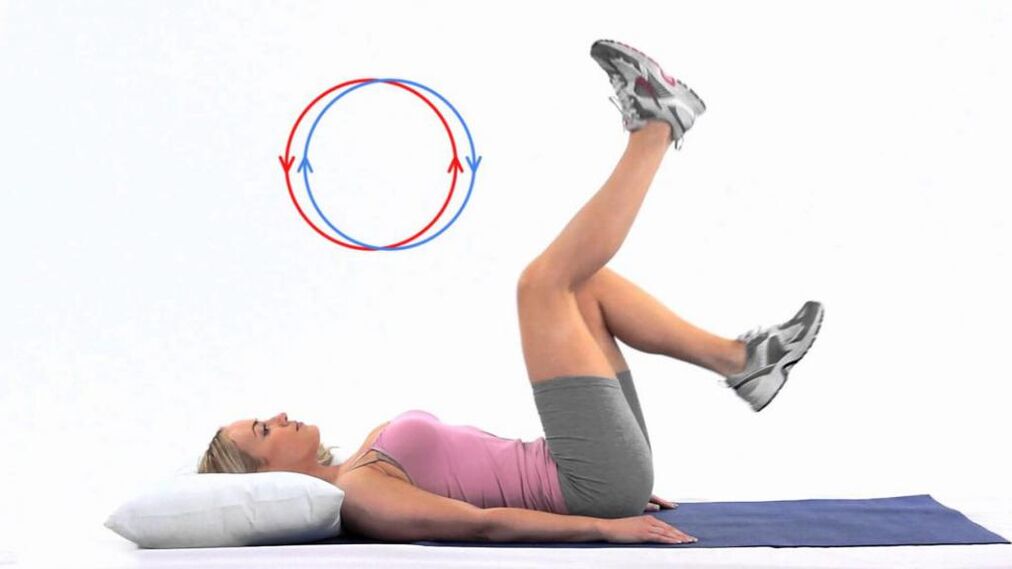
The "bicycle" exercise helps to avoid problems from articulation.
In order to speed up healing and normalize the functioning of the hip joint, it is useful to perform regular therapeutic exercises. The training complex is selected by the doctor individually for each patient, taking into account the general condition and diagnosis. In order to prevent it, it is recommended to perform the following exercises daily:
- bicycle;
- scissors;
- picking up small objects with toes;
- walking barefoot on toes and heels.
In parallel, physiotherapy procedures are prescribed, for example, electrophoresis, phonophoresis, laser therapy, massage. When diagnosing malignant tumors or advanced, deforming pathologies, surgical intervention is essential. During the operation, the surgeon removes the affected tissue and, if necessary, inserts an implant. Rehabilitation is prescribed to prevent relapse and speed up recovery.













































